A stroke rarely comes with a neon sign announcing its presence, yet a quick, correct diagnosis is essential to preventing brain damage and saving lives. The first contact, most often a nurse, needs to be able to make the call, says Kelly Gleason, a nurse clinician at Johns Hopkins Hospital since 2014 and a PhD candidate at the Johns Hopkins School of Nursing.
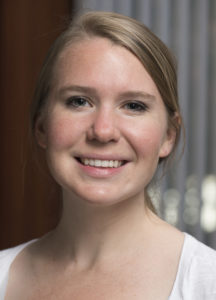
Stroke is only one of the “high-stakes, hard-to-diagnose” patient events coming through hospital doors each day. And there are 12 million potentially dangerous misdiagnoses each year to prove the challenge and the need for nurses to be prepared and empowered to participate in “diagnostic triage” from the start. Gleason, whose PhD focus is cardiovascular diseases, explains that her passion for improving diagnosis stems from her experiences as an acute care nurse seeing firsthand the catastrophic impact of wrong diagnoses. “Triage, an early stage of diagnosis, has always been part of the nurse’s responsibility. We are there more often. We are the sentinels. It is who we are fundamentally.”
What gets in the way? Gleason, a Chicago native who earned her bachelor’s degree at Georgetown University, blames system inefficiencies and staffing shortages that can stunt a nurse’s instincts: “How am I going to have time to do that?”
Gleason and like-minded colleagues are working on that part—how to reduce tasks that limit nurses’ abilities to practice at the top of their licenses—while preaching the value of diagnostic triage in “building the professionalism of nursing itself.” She is the assistant director of the Fuld Fellows program that puts nursing students in position to address patient safety issues and serves as the co-lead of the Team Core in the newly formed Armstrong Institute Center for Diagnostic Excellence. And she see positive signs.
“Intensive care units have gotten better,” says Gleason of involving nurses in diagnostic triage. “On floors, nurses aren’t always included on rounding.” So the work on changing cultures continues. After all, she says, “The majority of quality improvement efforts across the United States have been nurse-driven.”
What Nurses Need to Know About Diagnosis Errors:
- Misdiagnoses are the most common and deadly of medical errors.
- The first recommendation of National Academy of Medicine’s report “Improving Diagnosis in Health Care” is to “Facilitate more effective teamwork in the diagnostic process among health care professionals, patients, and their families.” The report specifically recommends interprofessional teamwork, including nursing engagement, in the diagnostic process.
- Historically, there has been an explicit distinction between nursing and medical diagnoses that makes it abundantly clear to providers that the medical diagnostic process is not a nursing role function, limiting opportunities to actively engage nurses in improving diagnostic safety and quality.
- Nurses have always played important, tacit roles in medical diagnosis. When triage nurses identify chief complaints and assess illness severity, they are playing a critical role in accurate and timely emergency department diagnosis. Likewise, when hospital nurses on a surgical floor decide whether to call for a physician to assess a patient with pain (rather than treating the patient symptomatically with pain medications), they are playing a critical role in accurate and timely post-operative diagnosis.
- There are heavily ingrained barriers to full nurse participation in the diagnostic process that must be overcome through innovative changes to nursing education, culture, operations, and logistics.
- Despite the sociocultural barriers, nurses are ready and able to effectively use diagnostic reasoning skills as full members of the diagnostic team.
- If nurses are encouraged to practice to the full extent of their training, education, and experience and key barriers are removed, they will be perceived (and will perceive themselves) as integral diagnostic team members.
- Nurses have been a driving force behind major quality improvement and patient safety efforts, and must take part in helping lead efforts to reduce diagnostic error.
NOTE: Kelly Gleason leads a Nursing Community of Practice within the Society to Improve Diagnostic Medicine (SIDM), where nurse leaders from across the nation take action in bringing awareness to the need for enhanced teamwork in diagnosis and to build nurses’ capacity to take part in diagnosis through training and education. If you are interested in joining, email her at [email protected].
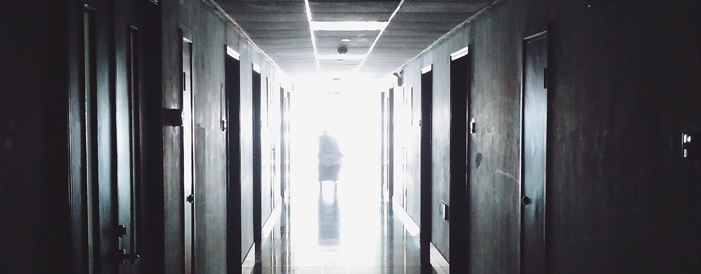
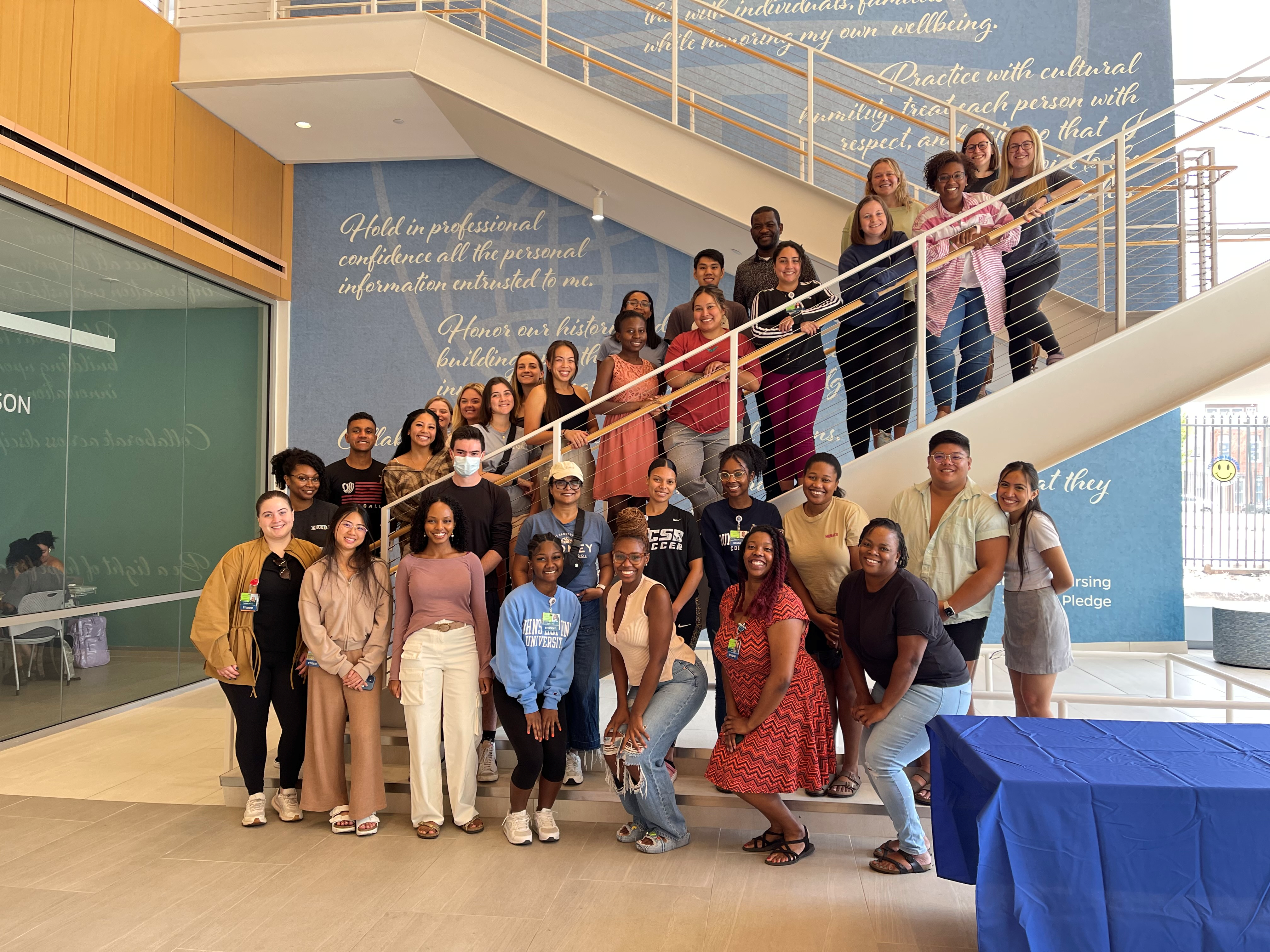 The Learning Collaborative: ‘I Think I Can, I Think I Can …’
The Learning Collaborative: ‘I Think I Can, I Think I Can …’ Remembering Carol Gray, First Dean of JHSON
Remembering Carol Gray, First Dean of JHSON JHSON Highlights
JHSON Highlights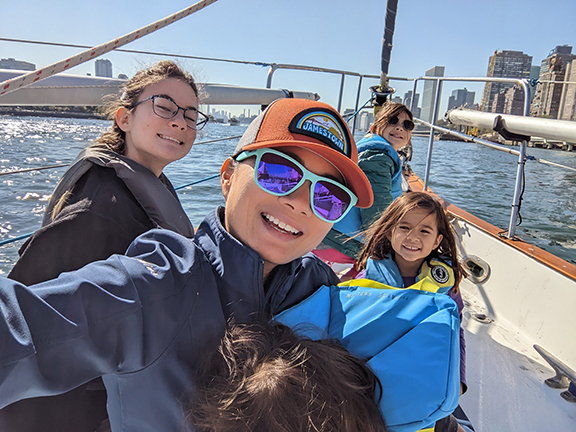 Sea Change for DNP Student
Sea Change for DNP Student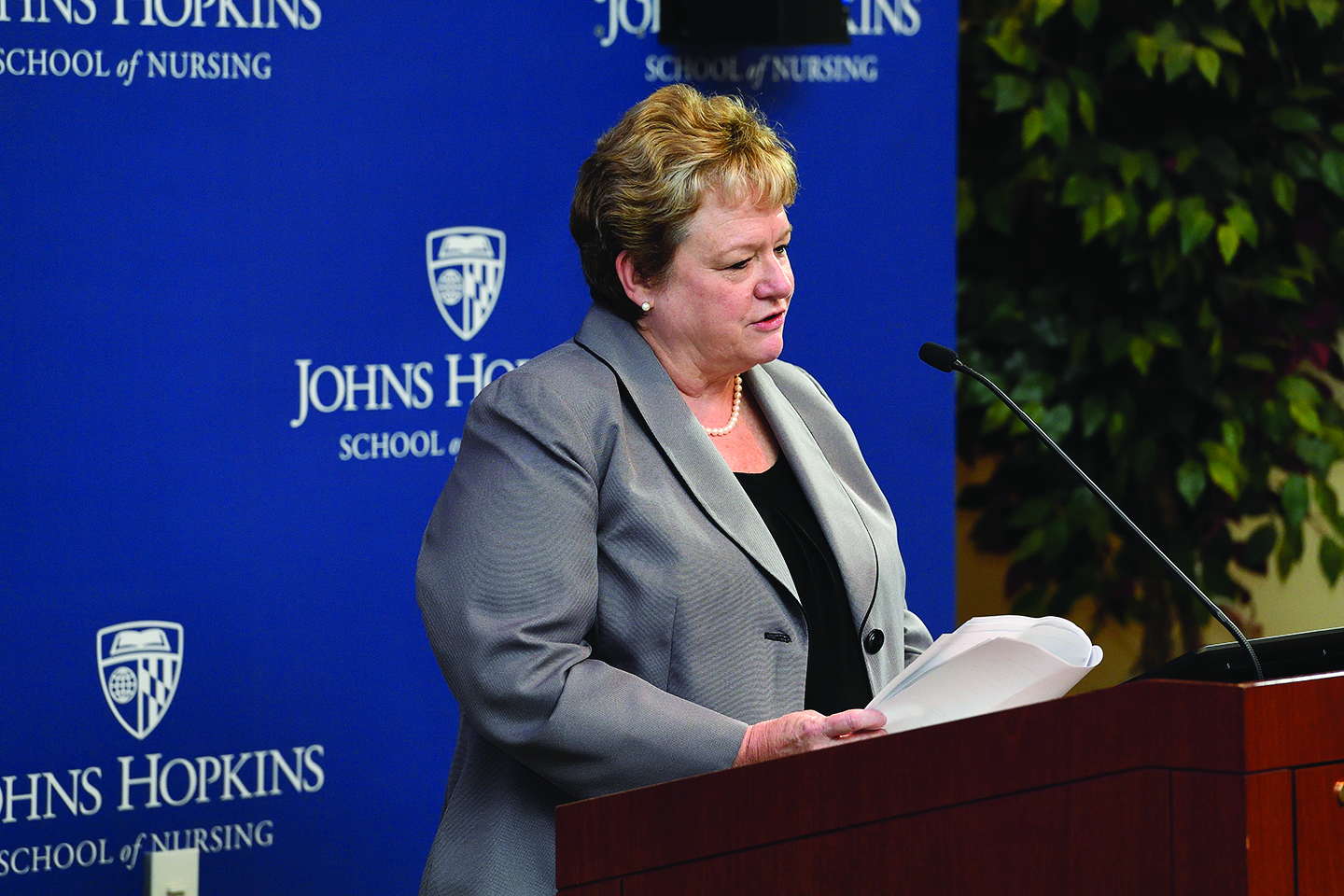 A Letter from Deborah Baker: The Role of Your Career, Right Here
A Letter from Deborah Baker: The Role of Your Career, Right Here







